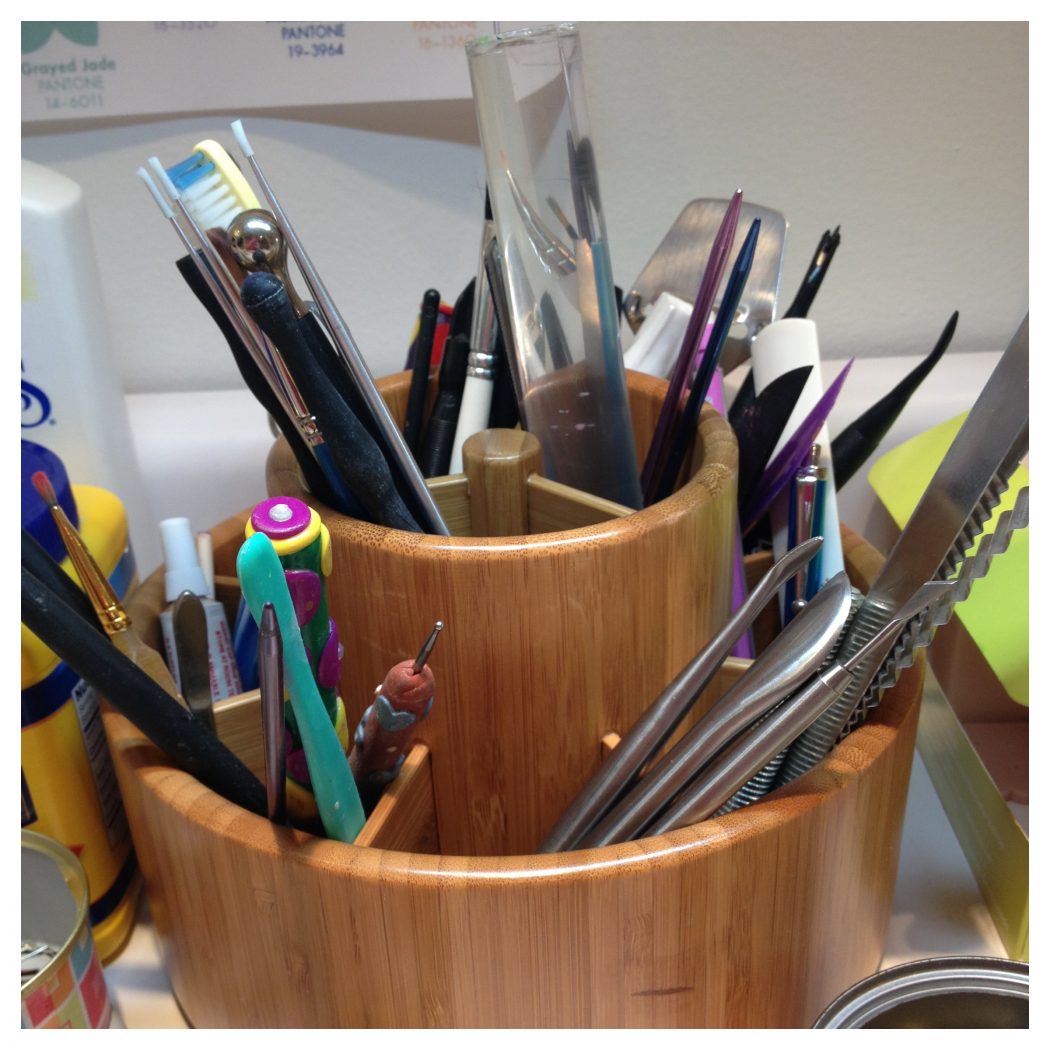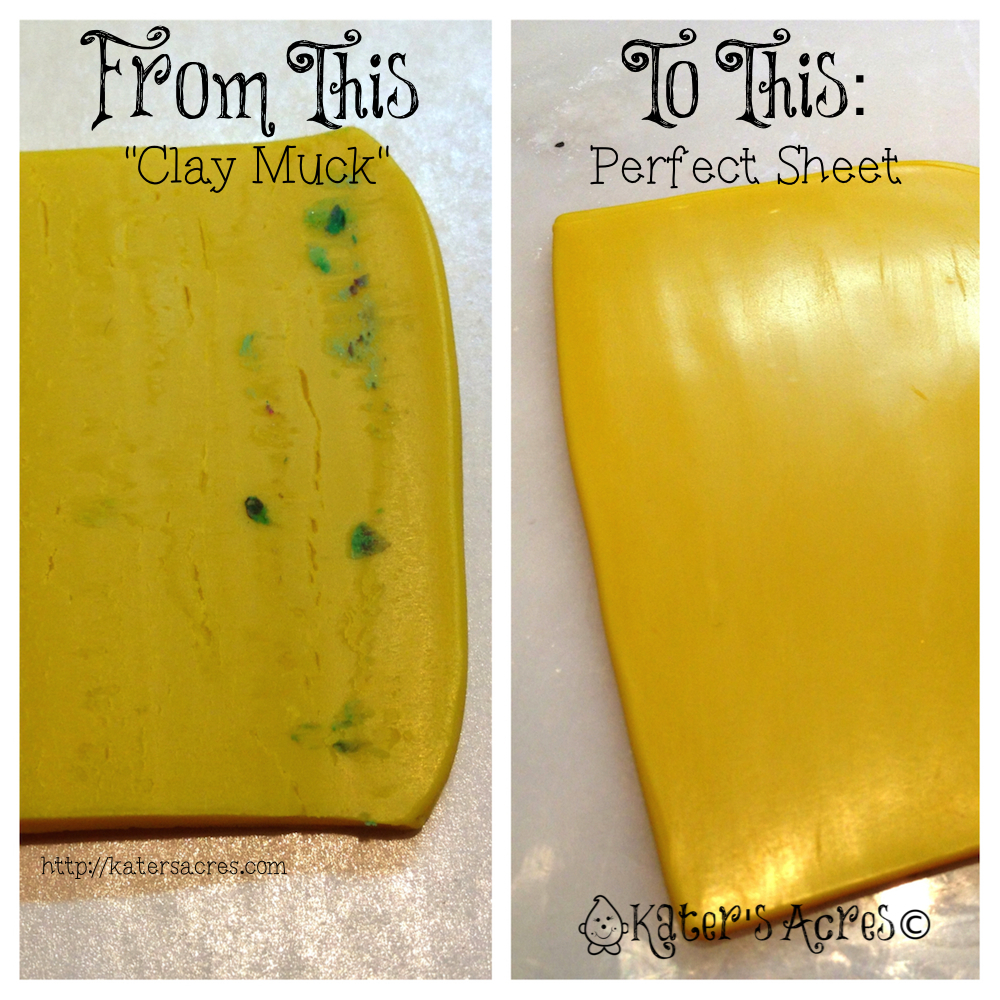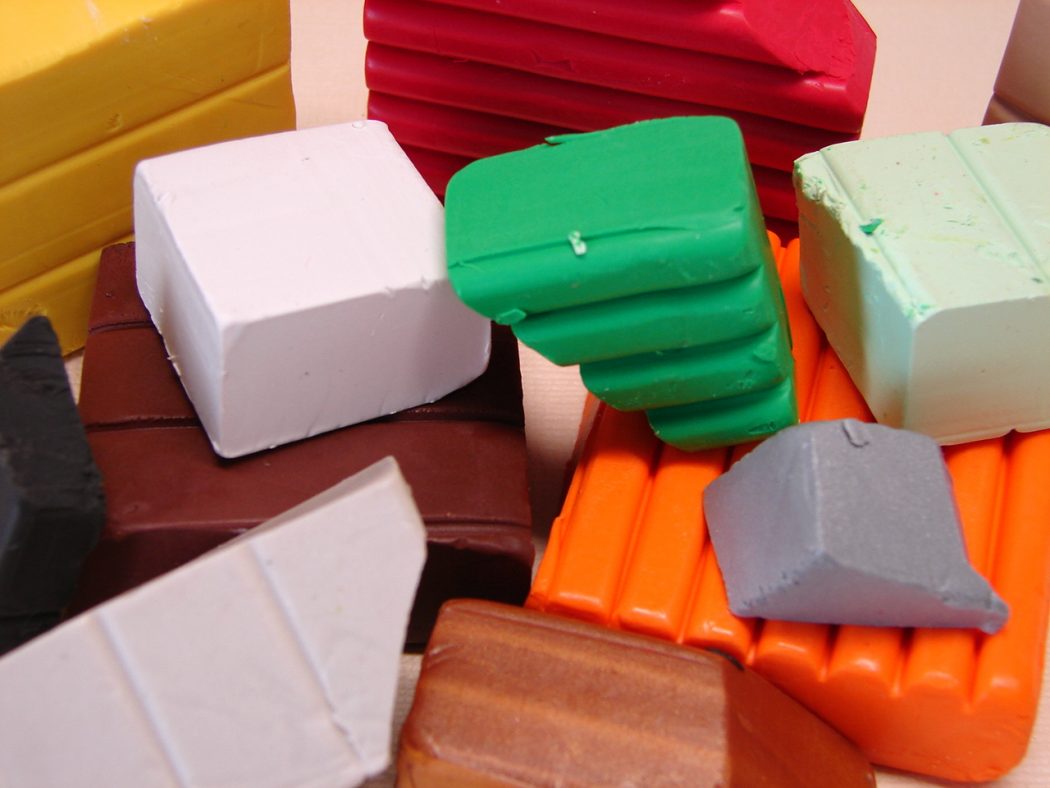
Today I’m going to bring you my LC Machine Tips that has been highly requested by many of you. The LC Machine is still new to the market and polymer clay world. Here’s a little advice to use your LC Machine.

Today I’m going to bring you my LC Machine Tips that has been highly requested by many of you. The LC Machine is still new to the market and polymer clay world. Here’s a little advice to use your LC Machine.

There are a wide variety of clay conditioning machines [better known as ‘pasta machines’] on the market today. If you watched my unboxing of the LC Machine, you are likely eager to know what I think. Here’s my thoughts on the LC Machine.

Want to see the brand new LC Machine (Mammoth)? Join me as I unbox my newest polymer clay tool for unboxing and first impressions; discover what’s in the box and a little chit-chat too.

If you make a lot of blends with clay, I’m sure there’s been at least one time or two when your blend has gotten too wide and isn’t long enough. If this happens to you, not to worry, you are not alone.
Continue reading Tip Tuesday: Make a Wedge for Your Pasta Machine

One of the questions that I receive more often than not is what kind of polymer clay tools that I use in my studio. The honest truth is, I have so many that I honestly don’t know where to start … so you will get several different “polymer clay tools” posts so that you can learn what you might like, based on what I like. The truth is that what tool I use depends on what I’m working on as to what tool I use. This being said, I will give you a brief synopsis of the tools that I use everyday or almost every day and let you know what I think of them. So … let’s see what polymer clay tools I use, shall we? Continue reading Polymer Clay Tools You Might Want to Get to Know

For the past few weeks I have offered you mini-tutorials on Tuesdays. This week I’m going to share some polymer clay tips with you! If fact, today’s polymer clay tip’s one that I use every single day in my studio. Undoubtedly you’ve also struggled with this: it’s how to get those clay “smudges” off your blended sheets.
It does not matter how much I have cleaned my pasta machine, inevitably I end up with smears, marks, and other “random” colors of clay from previous projects on my slab of clay. Yuck. I hate it when this happens … sadly it happens to me every time I clay. Now, the point could be argued that I have no idea what I am doing. This could be true, however, I would argue that one.
Here’s the more likely scenario … It just happens! And I’m sure it’s happened to you. It happens to me often because I don’t let any clay go to waste. I even use that old, “unusable” hard clay! This being said … my clay slabs that I roll through my pasta machine, often have “clay muck” (this is my term for unwanted clay “bits” that get into my clay and make me go “yuck”). Those hard little tiny bits that get “stuck” in my rollers seem to “break loose” right when I don’t want to see them. And I’ll be honest, it happens a lot.
When that happens there’s no need to fear. Here’s a few quick & easy tips to prevent this from happening.

Here’s some help for those times that the clay still ends up getting onto your light colored blend (of course)….
OH! And in case you are wondering, the sheet pictured at left is the same sheet in the “clay muck” photos, just fully conditioned Premo polymer clay with all that “clay muck” removed…ready to be made into a Parker!
Sculpting Blessings,















There is a lot of information on the internet about how to condition polymer clay. There are even people saying that there’s no need to condition clay if it is soft (gasp)! 2013 is going to bring lots of talk of polymer clay and all things sculpting to Kater’s Acres blog, the biggest of which is The Friesen Project. Because of this, all during the month of January, I am going to talk about some of the basics of polymer clay. With so much incorrect information on the web, it’s really hard to know what it correct.
Continue reading How to Properly Condition Your Polymer Clay